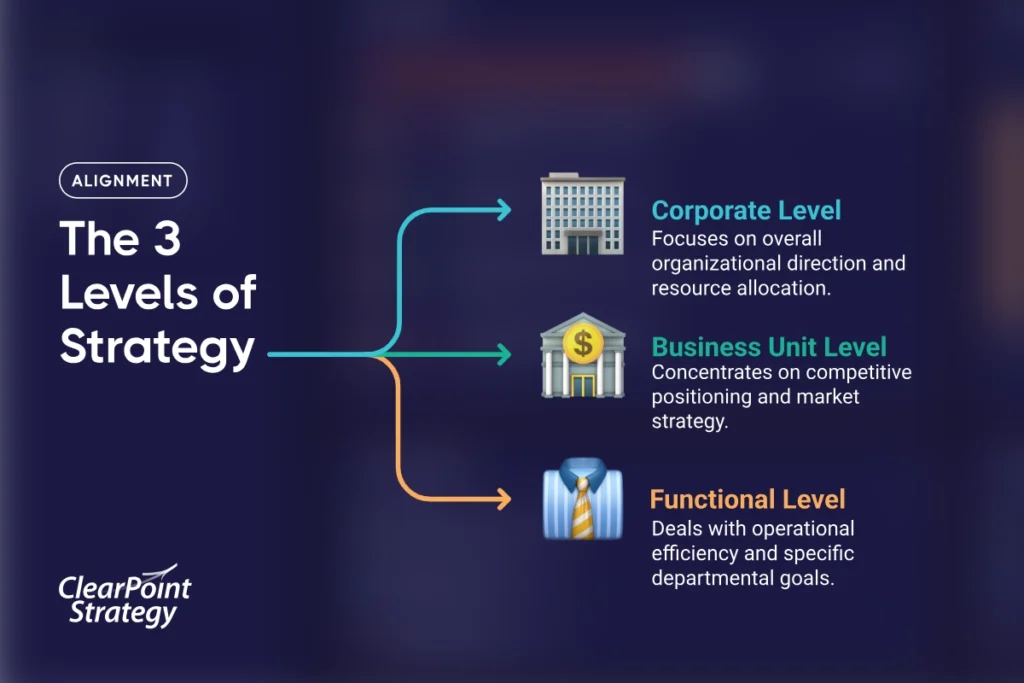In today’s dynamic business environment, companies must balance efficiency, agility, and customer-centricity to stay competitive. One of the most effective frameworks that helps achieve this balance is sales and operations planning (S&OP). This integrated process aligns supply, demand, and financial planning to create a unified strategy that supports business growth and resilience.
At the same time, organizations are increasingly recognizing the importance of customer-centric strategies. Events such as the customer experience summit highlight how enhancing customer engagement goes hand-in-hand with effective operations planning. Together, these approaches create a foundation for long-term success.
What is Sales and Operations Planning?
Sales and operations planning (S&OP) is a structured process that integrates business functions—sales, marketing, production, supply chain, and finance—into a single cohesive plan. Instead of operating in silos, organizations use S&OP to create a holistic view of business performance.
The primary objectives of S&OP include:
- Balancing Supply and Demand: Ensuring that production and inventory levels align with market needs.
- Financial Alignment: Connecting operational decisions with financial goals and profitability targets.
- Collaboration Across Functions: Breaking down silos and fostering cross-departmental communication.
- Forecast Accuracy: Using data-driven models to improve demand forecasting.
- Agility and Responsiveness: Quickly adapting to market shifts, disruptions, or changing customer expectations.
By adopting a strong S&OP framework, companies can make smarter decisions that improve efficiency and customer satisfaction simultaneously.
Benefits of Implementing Sales and Operations Planning
Organizations that embrace sales and operations planning gain several competitive advantages, including:
- Improved Forecasting – Leveraging data and analytics leads to better demand predictions.
- Optimized Inventory – Reducing excess stock while ensuring product availability.
- Cost Efficiency – Minimizing waste and aligning resources with actual demand.
- Better Collaboration – Uniting departments around shared objectives and measurable outcomes.
- Customer-Centric Operations – Ensuring that supply chain and production decisions reflect customer needs.
Ultimately, S&OP helps organizations shift from being reactive to proactive, enabling sustainable growth.
The Role of Customer Experience in Modern Business
While operational excellence is essential, businesses must also prioritize the customer journey. A customer experience summit focuses on strategies, technologies, and innovations that improve how companies interact with and serve their clients.
Customer experience (CX) is no longer a “nice to have”—it is a key differentiator in competitive markets. Companies that deliver personalized, seamless, and efficient experiences see higher retention rates, stronger brand loyalty, and improved financial performance.
Some core areas discussed in CX-focused summits include:
- Digital Transformation: Using technology to streamline customer interactions.
- Data-Driven Insights: Leveraging analytics to understand customer preferences.
- Omnichannel Engagement: Creating consistent experiences across online and offline touchpoints.
- Employee Empowerment: Training staff to deliver superior customer service.
- Customer-Centric Culture: Building organizational values around client satisfaction.
Bridging the Gap: S&OP and Customer Experience
Though they may seem like separate strategies, sales and operations planning and customer experience share a critical connection. A well-executed S&OP process ensures that the right products are available at the right time, directly supporting positive customer experiences.
For example:
- Accurate demand forecasting reduces stockouts, preventing customer frustration.
- Efficient supply chains ensure timely deliveries, improving satisfaction.
- Financial alignment enables competitive pricing strategies that enhance loyalty.
- Collaborative planning helps tailor product availability to market trends and consumer preferences.
This synergy demonstrates that operational efficiency and customer-centricity are two sides of the same coin.
Why Attend a Customer Experience Summit
Participating in a customer experience summit offers business leaders an opportunity to:
- Learn from Industry Leaders: Gain insights from companies successfully transforming their customer journeys.
- Explore Innovations: Discover tools such as AI chatbots, CRM systems, and automation for CX.
- Network with Experts: Build relationships with peers, consultants, and technology providers.
- Understand Consumer Expectations: Stay ahead of trends shaping customer behavior.
- Develop Actionable Strategies: Leave with practical ideas to integrate into your organization.
When combined with a strong S&OP framework, these insights can significantly enhance business performance.
The Future of S&OP and Customer Experience
Looking forward, both sales and operations planning and customer experience will be shaped by digital transformation.
- AI and Machine Learning will refine forecasting accuracy and personalize customer interactions.
- Real-Time Data will enable businesses to respond instantly to demand fluctuations.
- Sustainability Practices will align supply chain strategies with environmental goals and consumer values.
- Integrated Platforms will connect S&OP tools with customer experience systems for seamless alignment.
This convergence of operational planning and customer engagement will define the future of competitive business strategies.
Conclusion
Success in today’s business world requires both operational excellence and customer-centric strategies. Sales and operations planning provides the structure to align supply, demand, and financial performance, while a customer experience summit highlights the importance of building stronger, more meaningful connections with clients.
Together, they form the foundation of sustainable growth. Companies that integrate S&OP with customer experience not only achieve efficiency but also deliver value where it matters most—directly to their customers.
